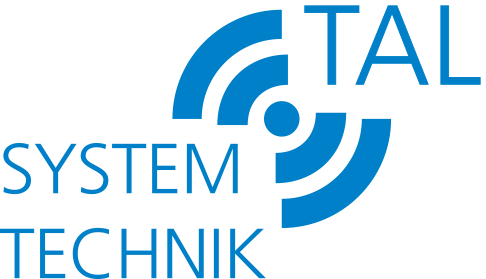The Benefits of Implementing Demand-Controlled Ventilation Systems
In today’s fast-paced world, where energy efficiency and sustainability are becoming increasingly important, demand-controlled ventilation systems are gaining popularity in many industries. These innovative systems, coupled with effective acoustic insulation or “akustische dämmung,” offer a range of benefits for both the environment and building occupants.
Demand-controlled ventilation systems work by continuously monitoring and adjusting the airflow in a building based on real-time occupancy and indoor air quality data. By intelligently adjusting the ventilation rates in response to varying loads, these systems optimize energy use and maintain a comfortable environment for occupants.
One significant advantage of demand-controlled ventilation systems is their ability to save energy. Traditional ventilation systems often operate at a constant rate, irrespective of the actual occupancy levels in a building. This leads to unnecessary energy consumption, as air is being continuously circulated even in unoccupied or low-demand areas. By contrast, demand-controlled systems only ventilate areas that require it, resulting in substantial energy savings.
Furthermore, demand-controlled ventilation systems improve indoor air quality. Effective air distribution, combined with the use of sensors to measure carbon dioxide levels and volatile organic compounds, ensures that fresh air is adequately supplied to occupied spaces. This not only enhances the health and well-being of occupants but also improves their productivity. Studies have consistently shown that proper ventilation and air quality have a positive impact on cognitive function and performance.
When implementing demand-controlled ventilation systems, it is crucial to consider acoustic insulation or “akustische dämmung.” Buildings with improper or insufficient sound insulation can suffer from noise pollution, which can disturb occupants and adversely affect their well-being. By integrating acoustic insulation alongside demand-controlled ventilation systems, noise can be minimized, ensuring a peaceful and productive indoor environment.
Furthermore, acoustic insulation plays a critical role in maintaining the energy efficiency of a building. By minimizing sound transmission through walls, floors, and ceilings, it reduces the need for additional energy consumption to counteract noise. Additionally, it helps improve the overall thermal performance of a building by preventing heat loss or gain through sound-insulated surfaces.
In conclusion, the implementation of demand-controlled ventilation systems offers numerous benefits for both the environment and building occupants. By optimizing energy use and improving indoor air quality, these systems contribute to sustainable building practices and promote the well-being and productivity of occupants. Additionally, integrating effective acoustic insulation, or “akustische dämmung,” ensures a quiet and comfortable indoor environment, further enhancing the overall efficiency and attractiveness of such ventilation systems. As we strive to create more sustainable and comfortable spaces, demand-controlled ventilation systems, combined with acoustic insulation, prove to be a valuable investment.
************
Want to get more details?
TAL Systemtechnik GmbH
https://www.tal-systemtechnik.de/
+49 7731 68405
Byk-Gulden-Straße 36, 78224 Singen
TAL Systemtechnik GmbH – Wir produzieren und liefern Ihnen konfektionierte Dämmstoffe nach Maß, Akustische Dämmung zur Schallisolierung, den TL flexibler Abgasschlauch hitzebeständig und diverse Schallschutzvorhänge für die Industrie.
